Helen Khal: Gallery One and Beirut in the 1960s
Co-author and commissioning editor, Dr Omar Kholeif takes us behind-the-scenes of this new landmark publication.
Cover Image - Helen Khal: Gallery One and Beirut in the 1960s. Courtesy Sternberg Press, London.
On October 17th 2019, protests swept the streets of Lebanon. Referred to as the “People’s Uprising” or the 17th of October Revolution, these events seemed to hold the prospect of change—a potential shifting of the political status-quo. Four years to the day (almost), a new publication inspired by an exhibition from that time, reveals new insight into a “Golden Era” that is still ours to carry forth.
Time is a most unusual thing. It’s progressive beat bears the constant possibility of ordering and re-ordering. In the case of Lebanon, the looming, unrelenting threat of chaos pierces as each second ticks. Here we are four years to the day (almost) of a people’s revolt that we believed could make Lebanon better—creating nodes and modes for accountability and possible restitution. Yet again, this small country, oft-mythologised and discussed in the barbed arena of so-called “Middle East” politics, is once again, under threat.
In the anxious waiting of political unrest, the power of culture holds significance. Visual art, a sphere often relegated to the myopic archive, if not vanquished all-together, can present vestiges of hope through its examples of solidarity. In the new book, Helen Khal: Gallery One and Beirut in the 1960s, which I commissioned, and co-edited with Carla Chammas and Rachel Dedman, such traces are stitched together, to find their resonance.
This—the Age of Anxiety—a splurge space, as we refer to it, was conceived the same year as the Lebanese Revolution of 2019. Specifically, in the lead-up to the initial lockdowns associated with the Covid-19 pandemic. Indeed, this was originally a site for a collective “splurge” of anxiety. In that time, I became frustrated by “the wait” and turned the remote-control to mute and started digging. I decided to turn; to look inwards. I spent much of 2019-2021 in archives, i.e., alone in vaults with crates of artwork, skimming through libraries of un-borrowed and unread books, scanning documents, pictures, and the like. What would emerge after the so-called wait still remained unclear.
One of the projects that I returned to during this time came at the request of Carla Chammas. In 2014, Chammas had begun researching the first contemporary art gallery in Beirut—Gallery One. It was founded by artist, Helen Khal (1923-2009) and her ex-husband, the poet, Yusuf Al-Khal (1917-1987) and opened its doors to the public in Beirut in 1963. In Chammas’s searching, she, and by proxy, I, became fascinated (or perhaps obsessed) with the life, work and context surrounding, Helen Khal, a polymath who had rarely made it into the (very few) history books on art from and of Lebanon and west Asia. In fact she was the author of one of the few such volumes in existence, The Woman Artist in Lebanon.
Now out-of-print, Khal’s study of women artists in Lebanon began as a research project in 1975 but did not emerge until 1987.
Chammas’s research took on new life when Christine Tohmé, the esteemed curator and founding director of Ashkal Alwan, invited Chammas to curate an exhibition at the historic, Sursock Museum as part of Home Works 8: A Forum on Critical Practices. She was joined in this adventure with the perfect curatorial partner, the art historian, Rachel Dedman. And so together, the duo delved into Khal’s archives, building an assemblage for an exhibition that would not only annotate Khal’s life, but also the peers who orbited, supported and inspired her. This world included artists such as, Yvette Achkar, Etel Adnan, Huguette Caland, Saloua Raouda Choucair, Farid Haddad, Dorothy Salhab-Kazemi and Simone Fattal, among others. Little did Did Dedman or Chammas expect that the opening of Home Works on the 17th of October would coincide with the thawra.
What is one to do in such a situation?
Ashkal Alwan declared an act of “perpetual postponement”. Both ideological and practical, this framework became a lens through which the experience of this project came to exist.
During the pandemic, I delved deeper into the work that the Dedman and Chammas had performed in the lead-up to, during and after the exhibition’s opening. I poured over images, correspondence, newspaper clippings, screenshots of archival documents, thumbnails and photoshop files. A fire was stirred. I believed that this project deserved resuscitating. I wanted to share it with as broad a public as possible. An audience who would not only appreciate Khal and her artistic capacities, but also with a world that seemed in desperate need of some camaraderie. In these pages, one encounters the power of love and friendship. Forming passages of kinship even amidst some of life’s most unrelenting circumstances.
In moments of free-wheeling madness, such as the one that we find ourselves in now, I have taken inspiration, found solace and nurtured friendships by looking to the past. Last week, Chammas, Dedman and I held the European launch of the book in London at Maison Rabih Kayrouz.
We were all anxious about news reports circling in the air. But somehow being together offered a few seconds of reprieve. In the end, that is what culture can do. It allows one the possibility—a space to re-constitute one’s imagination, whether alone or in a collective. Either way, the journey is ours to take, and the history before us, we shall try, to keep together, for the ages.
Interior spread: - Helen Khal: Gallery One and Beirut in the 1960s. Courtesy Sternberg Press, London.




